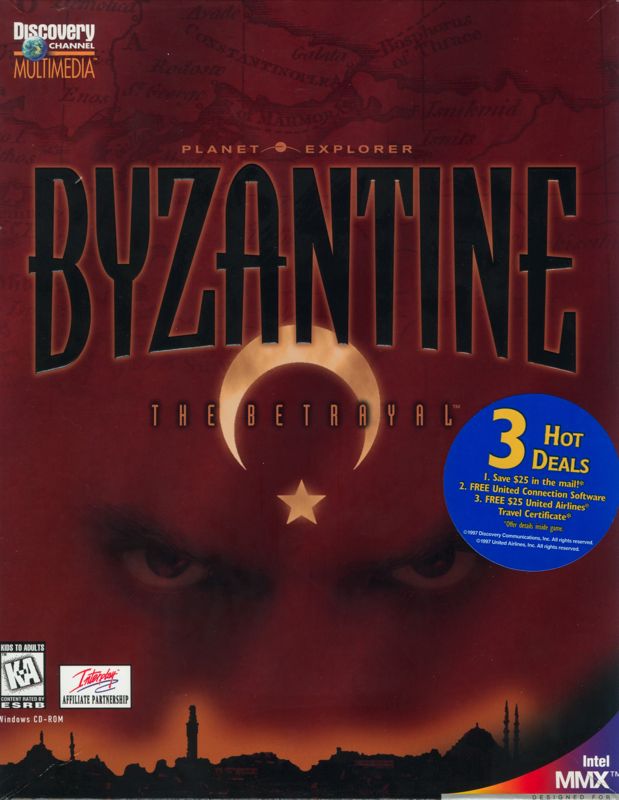

There were proud Cossacks in tall sheepskin hats Slovenian peasants Serbian Chetniks, some royalist, some fascist, some a bit of both Croatian fascists from the dreaded Ustasa Ukrainians Russians ex-POWs from various European countries and even a few Nazi mass murderers hiding in mountain shacks…."īuruma includes this quote from a British officer, Nigel Nicholson. "The Drau Valley was filled with camps and shantytowns, the makeshift quarters of tens of thousands of people, former soldiers, as well as women and children, together with their horses, oxcarts, and even camels. The result was a complex situation to be dealt with after Germany surrendered.īuruma utilizes the situation that developed in the Drau Valley of Carinthia, a beautiful part of Austria, to illustrate how complicated a situation the allied armies faced as the only source of authority at the end of the war.

Underlying the main drama of the Allies contending with Nazi Germany were a host of regional conflicts sometimes expressed as civil wars between contending armies, and sometimes ethnic aggressions unleashed by the breakdown in civil structures. Up to 180,000 Asians had worked on the Thailand-Burma Railway about half of them survived." And thousands of Australian, European, and American POWs were marooned in China, Japan, Taiwan, and Southeast Asia, as well as Indonesians and other Asians forced to work on Japanese military projects around the region. More than a million Korean workers were still in Japan. The figures in Asia are just as staggering: 6.5 million Japanese were stranded in Asia and the Pacific, half of them civilians. There were roughly 3 million more in other parts of Europe, some who longed for home, some who wanted to go anywhere but back, and others who no longer had a home to return to: Poles in the Ukraine, Serbs and Croats in Austria, White Russians in Yugoslavia, Jewish refugees in Kazakhstan, and so on.

"My father was one of more than 8 million ‘displaced people’ stuck in Germany in May 1945, waiting to be transported home. One of Buruma’s most affecting chapters describes, by example, what was involved in dealing with the millions of displaced people. Not everyone who was displaced by the war was so lucky. He managed to survive that experience and return home safely. His father was gathered up by the Nazis and taken to Germany and forced to work as a laborer there. The title is appropriate in the sense that after World War II nothing would ever be the same, so, for better or for worse, for most it marked a new beginning.īuruma grew up in the Netherlands after the war. Ian Buruma has produced a fascinating description of the year 1945 in his recent book Year Zero: A History of 1945.


 0 kommentar(er)
0 kommentar(er)
